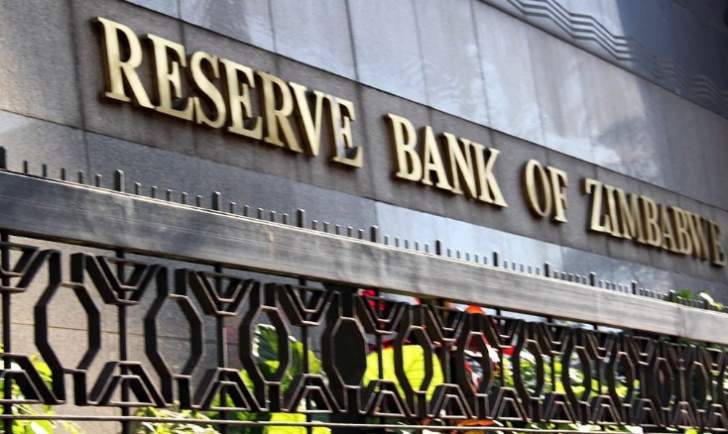Navigating Currency Complexities: Financial Reporting in a Multicurrency Landscape
Zimbabwe currently uses a multicurrency system. Over the years, financial reporting has been plagued by recurrent issues to do with appropriateness of exchange rates and hyperinflation.
In March 2023, Zimbabwe suspended ZWL CPIs in favour of a blended CPI. This was motivated by the fact that at that time the RBZ reported that 76,56% of transactions were being conducted in USD while 23,44% were being done in ZWL. The dominant currency for entities was also mimicking this development.
Towards the end of 2023, the Zimbabwe Stock Exchange (ZSE) started allowing listed entities to publish financial statements in United States dollars. The ZSE is made up of entities from various economic sectors; the entities are subject to sectorial regulations. The overall ability to publish in United States dollars remained with the sector regulators.
As the currency mix in circulation persisted, questions started arising as to what currency entities should report in. Accountants and auditors always refer to guidance as given by international financial reporting standards (IFRS®). The two important terms that started being discussed were functional currency and presentation currency.
The functional currency is defined as the currency of the primary economic environment in which an entity operates; simplified, it’s the currency dominating transactions in an entity from revenue, expenses (operating and capital), and sourcing of finance for the business. It is observable and factual that Zimbabwean entities usually have a ZWG, USD, or ZAR functional currency. The presentation currency, on the other hand, is the currency in which an entity presents its financial statements. This is elective and any set of financial statements prepared can be presented in any currency as long as there are observable exchange rates
So what is currently obtaining?
The Monetary Policy Statement of 2025 from paragraphs 193 to 194 spoke of the two terms we just defined, namely functional and presentation currency for financial reporting. On closer analysis of the paragraphs, you will realise the paragraphs did not give any directive regards the functional currency (this is because it varies from entity to entity and is not something that can be legislated but observable and factual).
The paragraph, however, did give a directive of the presentation currency while publishing accounts or submitting to regulators. It basically said all entities under government and other regulatory bodies—ZSE, SEC Zim, and IPEC—are to report in ZWG or are to present their accounts in ZWG. What might need clarification is whether entities not specifically mentioned, e.g. those under the Zimbabwe Tourism Authority, and the private sector should also observe this.
What followed in the market were enquiries regarding clarification of the pronouncement, and the Public Accountants and Auditors Board (PAAB) then published a technical paper to guide the market. The technical paper is meant to guide entities that prepared annual financial statements under a functional currency that is not ZWG, e.g., USD or ZAR functional currency. The technical paper mainly referenced the Conceptual Framework, IAS1 (Presentation of Financial Statements), and IAS21 (The effects of Changes in Foreign Exchange Rates) and addressed both the preparer and the auditor
So the key takeaways from the technical paper are that
Financial statements can be prepared as General Purpose Financial Statements (GPFS) and Special Purpose Financial Statements (SPFS). The GPFS are the ones mandated to be prepared in accordance to IFRS® and are meant for primary users which are investors, potential investors and providers of finance, while SPFS are meant for use by secondary users, such as government, regulators, etc and this can elect to use IFRS® or any other national guidance
Entities should comply with directive in the Monetary Policy Statement and translate the accounts prepared in the functional currency into ZWG at official exchange rates following IAS21 rules
Entities shall prepare two sets of financial statements, the GPFS and the SPFS. Auditors shall also issue two opinions for their clients, one for the GPFS and the other for the SPFS, which are required by regulatory authorities
This technical paper by PAAB clarifies most of the issues that the market was gripped with. The outstanding issues are as follows:
For entities which were not specifically mentioned in the directive, are they all subject to this
How will the primary users of the financial statements (GPFS) be able to access the General Purpose Financial Statements? Will the government allow publishing of both sets?
In conclusion, indeed, reporting season is here, and currency-related complexities persist. The burden on preparers to have two financial statements and the audit-related costs that come with it will definitely set off further deliberations.
Written by Tinashe Murerekwa, Partner, Financial Reporting Advisory, Kreston Zimbabwe. For further guidance, Tinashe can be contacted on tmurerekwa@krestonzim.com and +263777477009-finx









